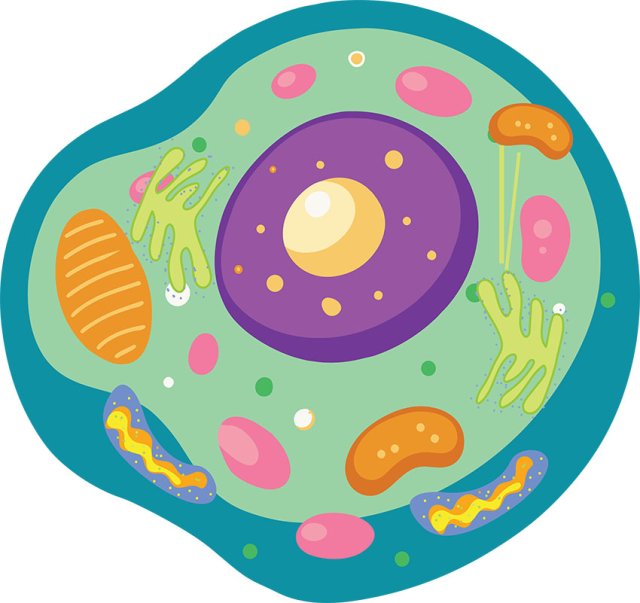What Is the Cell Membrane? A Simple Guide for Kids
Learn what the cell membrane is and why it’s important. Discover how this outer layer protects the cell and controls what goes in and out.

🧱 What Is the Cell Membrane?
🧪 Introduction: The Cell’s Outer Guard
Think of a cell as a tiny water balloon filled with important parts. What keeps all of it together? The cell membrane!
The cell membrane is the thin outer layer of the cell. It protects the inside of the cell and controls what comes in and what goes out—just like a security guard or a gate.
🧱 What Does the Cell Membrane Do?
The cell membrane is super important for the cell’s safety and survival. It:
- Protects the cell from the outside world
- Lets good things in (like water, oxygen, and nutrients)
- Keeps bad things out (like harmful bacteria)
- Removes waste made by the cell
- Helps the cell communicate with other cells
It’s selectively permeable, which means it decides what can pass through and what can’t—kind of like a filter or a bouncer at a club!
🧬 What Is the Cell Membrane Made Of?
The cell membrane is made mostly of:
- Lipids (fats) – these create a flexible, waterproof barrier
- Proteins – help move materials in and out of the cell
- Carbohydrates – help the cell recognize signals and other cells
Together, these parts form a “fluid mosaic”, meaning the membrane is flexible and full of moving pieces.
🔍 Where Can You Find Cell Membranes?
Every single cell has a cell membrane—whether it’s an animal cell, plant cell, or even a bacterial cell. It’s one of the most important features of all living cells!
In plant cells, the cell membrane sits just inside the cell wall, which provides extra support.
🧒 Kid-Friendly Summary
The cell membrane is the outer layer of a cell. It protects the cell and controls what goes in and out. It keeps the good stuff inside and blocks out the bad stuff—like a smart gatekeeper!
🌟 Interesting Facts About the Cell Membrane
- The cell membrane is only about 5 to 10 nanometers thick—that’s 1,000 times thinner than a human hair!
- It's flexible, not stiff, so the cell can move and stretch without breaking.
- Some viruses "trick" the cell membrane to sneak inside the cell.
- The idea of the membrane’s structure as a “fluid mosaic” was introduced in the 1970s.
💭 Think About It
If your cells didn’t have a membrane, what do you think would happen to all the important organelles inside?






















































